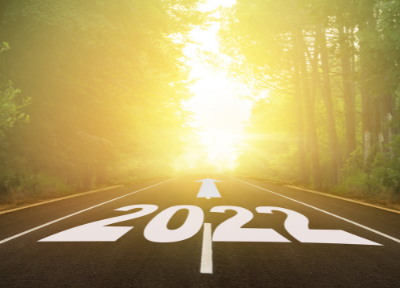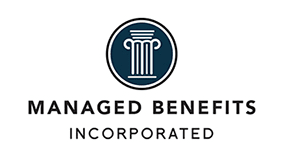
Human Resources leaders are always being asked to look into a crystal ball and predict the future. You probably don’t have any super powers. But your Spidey sense might be telling you that a few trends that are surfacing are likely to stick around through the new year, 2022.
The coronavirus pandemic has changed your work and life. Slowly, things are improving and you’re getting your organization (not to mention yourself) used to the new normal. While you’re settling in (and still having an occasional panic attack, no judgment), you might want to pay special attention to what’s coming next.
Transformation of Human Resources
There’s no doubt that the biggest story of 2021, the Great Resignation, will spill over into 2022. When the pandemic began in 2020, HR leaders suddenly had a seat at the table. You were charged with being the light as people navigated safety protocol and transitioned to remote teams in the darkness. Your stature only continued to grow.
Then, people started quitting jobs in droves. In 2021, you figured out why this was happening. People were tired of low wages, lack of child care and healthcare, and an overall malaise about the kind of work they were doing. Some renamed the era the Great Reshuffling because people were seeking a better fit in their work and more work-life balance. In 2022, you will be determining the best ways to recruit and retain top talent. These strategies won’t be as basic they once were. It will definitely be a case of out with the old and in with the new.
Four-Day Workweek
In the wake of the pandemic, employees learned how to be ultra-productive at home. They used the extra time that remote work afforded (without a commute) to enjoy their families, pursue their hobbies, and get in a little me time. People don’t want to give that up. Employees have the leverage now, and they are asking for more flexibility in their schedules. While that’s already happening, some are talking about taking flexibility even further.
All this prompted discussions about the four-day workweek, a concept that has come up before. The debate will continue on into 2022, and some companies may adapt to this schedule to woo recruits and retain employees during what continues to be an historic labor shortage.
Mental Health and Wellness
The pandemic revealed that mental health and wellness is important to everyone. No one is immune to stress, especially during uncertain times. Businesses are recognizing this fact and providing employees with tools for relieving stress, addressing mental illnesses, and preventing burnout. Some companies are offering more flexibility, but they also provide programs. Maybe the employer offers a yoga class or meditation time. Some provide mental health days as part of paid time off (PTO). Employers are going to get more creative and pay more attention to the mental health of their employees moving forward. This will only become a bigger part of HR leadership’s responsibilities.
Diversity, Equity, and Inclusion (DEI)
At the height of the pandemic, the world watched the Black Lives Matter protests unfold before their eyes. Many demanded that businesses take a stand and show their support for the movement. By putting the spotlight on injustices related to policing, people began recognizing the lack of representation in leadership and management and even at junior levels.
While diversity had been on the minds of HR leaders for some time already, DEI strategies have risen in terms of priority. In 2022, you can expect DEI to remain at the forefront of recruiting and retention strategies.
The Possibility of More Variants
The Omicron variant swept the nation during the holiday season, and it upended plans for a return to the office for many employers. While some traditionalists are holding out for in-office-only workers and some occupations require going to a physical location to get the job done, the reality is that most companies will have to keep some level of remote work as an option because of the various COVID variants that might surface. Until the pandemic turns into an endemic, some companies will be remote only. Others will remain hybrid workplaces.
Coming up with sufficient strategies on how to collaborate, forge bonds, conduct performance measures, and attain desired results is a must. Of course, there are dreaded conversations to be had about masking up and getting vaccinated. Take a holistic approach, make sure the strategy matches your values, and consider the risks associated with whatever decisions you make.
Generational Differences
For the first time in history, four generations (Boomers, Generation X, Millennials, and Gen Z) are in the workforce at the same time. The differences among the generations – from pop culture references to tech savvy – pop up at the water cooler on a daily basis. The reality is that Millennials and Gen Z hold most of the power. The Boomers are retiring and Gen Xers are the smallest group and often get ignored or forgotten.
In any case, many HR experts focused on the generational differences that influence the success of organizations. The pandemic really brought out some of the profound disagreements, like whether to permit working from home in any city you choose or pushing or a return to the office. Gen Z reportedly delegates to their older superiors, while Millennials take a more middle-of-the-road and even practical approach as they gain esteem and rise to power. These generational gaps will continue into 2022, and you might notice more differences. Certainly, HR leaders are going to be working hard to unite all these groups. After all, DEI efforts should include age variations, too.
By Francesca Di Meglio
Originally posted on HR Exchange Network
